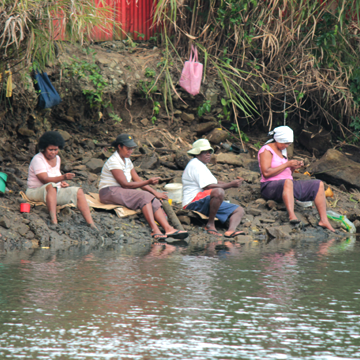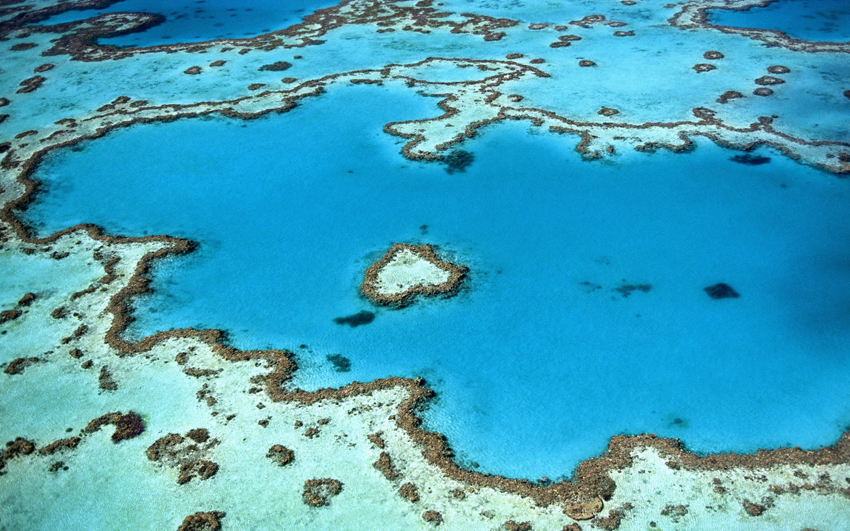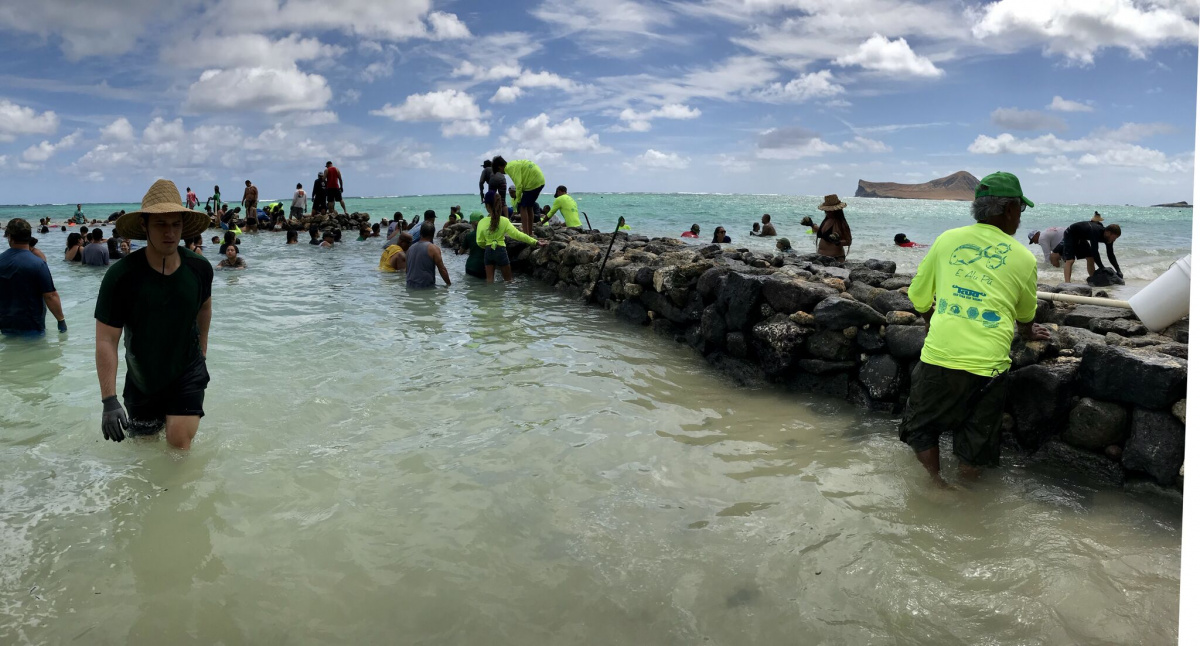Impacts of projected climate change on livelihoods and mangrove and coastal ecosystems
This review aimed to identify the recent climate change projections (particularly sea level rise) and assess its likely impacts on mangroves and associated ecosystems and community livelihoods for the MESCAL project pilot sites in Fiji, Vanuatu, Samoa, Tonga and Solomon Islands.

Photo: IUCN
The Pacific region is just beginning to realize the value of mangrove and associated coastal areas not only for the livelihoods of communities but also for their ecosystem services and role in climate change mitigation and adaptation.
In this desktop review, applicable climate change projections were used that include Global Climate Models (GCM) for small islands in the Pacific. This approach however poses a great challenge to researchers because the resolution of the models are generally not fine enough to distinguish small land areas from the sea surface. As such, projections for small islands are usually associated with some degree of uncertainty.
Several models and approaches were used in this review which was also largely dependent on its use in each target country. Some of the approaches that were used included the open framework modeling system ‘SimCLIM’ model, the interactive online tool developed by the Pacific Climate Change Science Program (PCCSP) and the Pacific Sea Level Monitoring (PSLM) project which uses a highly sensitive Sea Level Fine Resolution Acoustic Measuring Equipment (SEAFRAME) to record sea level and several other ‘ancillary’ variables. Threats to community livelihoods was also highlighted in this report and the challenges (e.g. trustworthy projection data, national assessment and monitoring, legal framework and public awareness) that need to be overcome to ensure the effectiveness in the conservation of mangrove ecosystems and its resources in the face of threats such as climate change.



